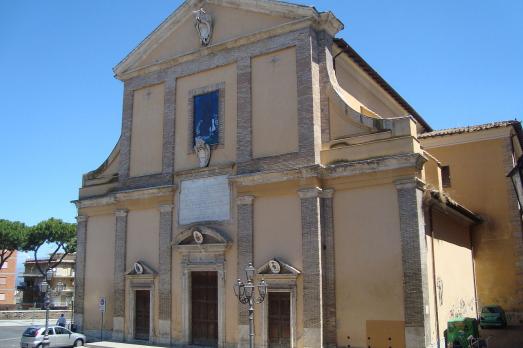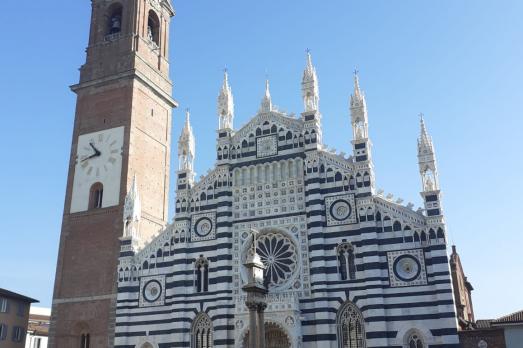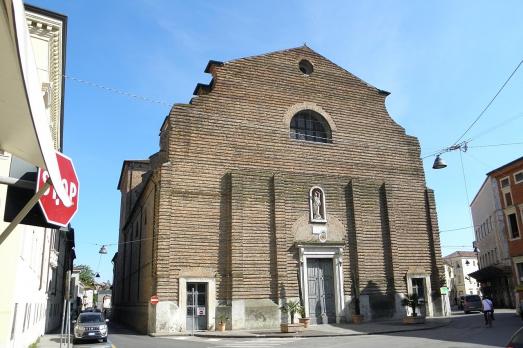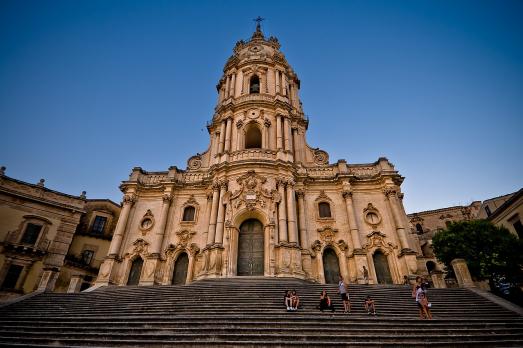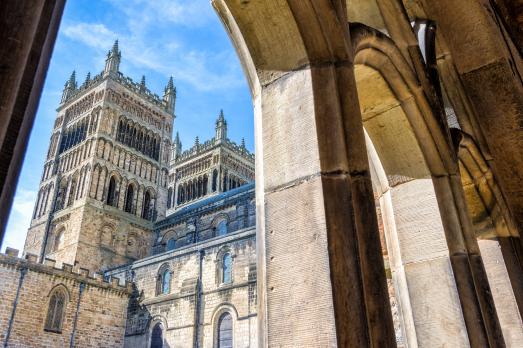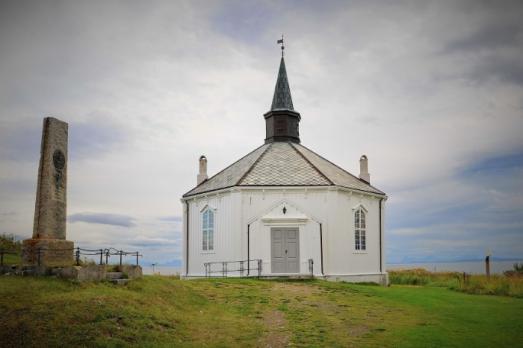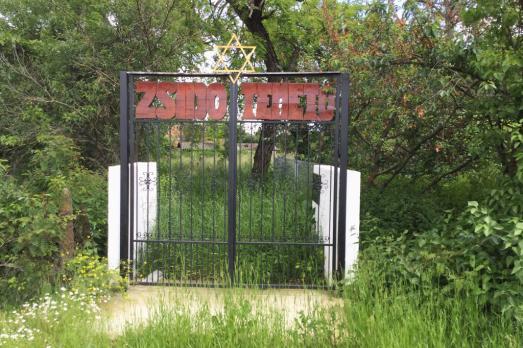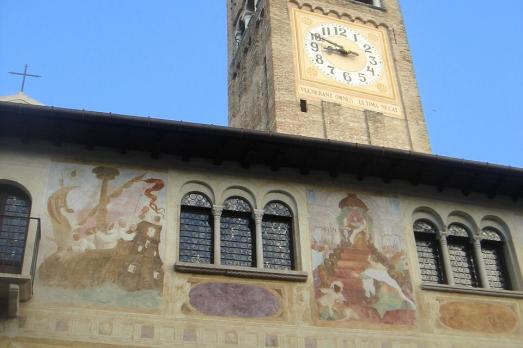
Duomo di Conegliano
Conegliano, IT
The Cathedral of Conegliano was consecrated in 1491. Dating in its essential parts from 1497, the bell tower is a square tower, with brick faces and built with a double wall. The cathedral contains many works of art such as frescoes and paintings. One of these paintings, the most famous, is preserved as the altarpiece of the cathedral, it is the "Madonna in trono col Bambino fra angeli e santi" by Cima da Conegliano (1459-1517).
